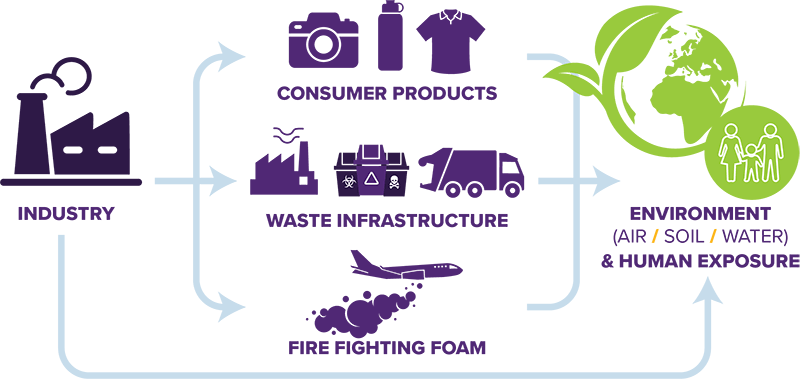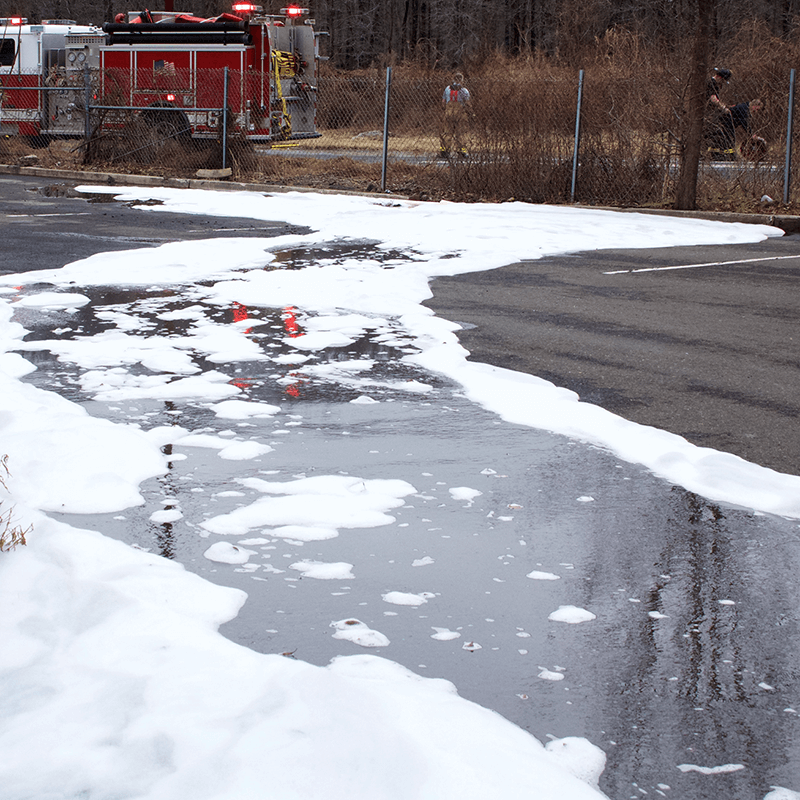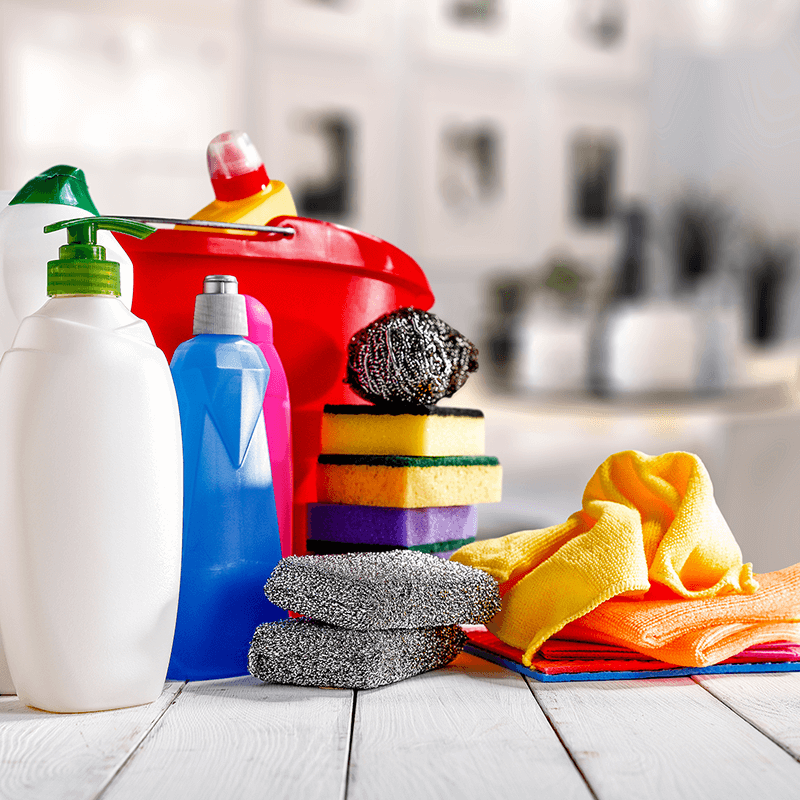PFAS - How we get exposed
PFAS - What you need to know


PFAS in our drinking water
- PFAS from factories, military bases, airports or firefighting training sites that are released into the environment can be moved by natural processes into our surface water and groundwater.
- PFAS-contaminated consumer products or industrial waste that is thrown away or deposited at landfills can leach PFAS into our soil and groundwater

PFAS in Our Food Sources
- We can ingest PFAS by eating produce and animal products raised on land and water that is contaminated with PFAS.
- PFAS contamination of some agricultural products is tied to the use of PFAS-contaminated biosolids, a fertilizer made from wastewater byproducts.
- We can also be exposed to PFAS if our food is packaged in containers containing PFAS.
- PFAS contamination bioaccumulates, or concentrates over time, in wildlife. In fact, PFAS have already been discovered in wild game fish, conventional beef and dairy products, as well as produce.
PFAS in Our Household Products
- PFAS are found in a large number of household items including stain and water resistant fabrics, nonstick cookware, cosmetics, and cleaning products such as floor polishes. Other exposure routes can include carpeting, waxes, pesticides, and herbicides.
This material is based upon work supported under a grant by the Rural Utilities Service, United States Department of Agriculture. Any opinions, findings, and conclusions or recommendations expressed in this material are solely the responsibility of the authors and do not necessarily represent the official views of the Rural Utilities Service.


